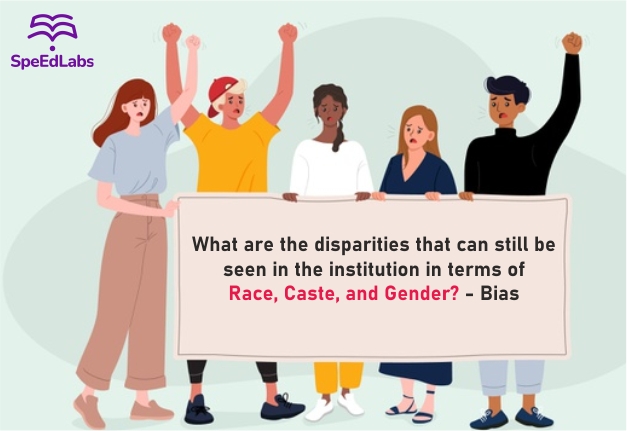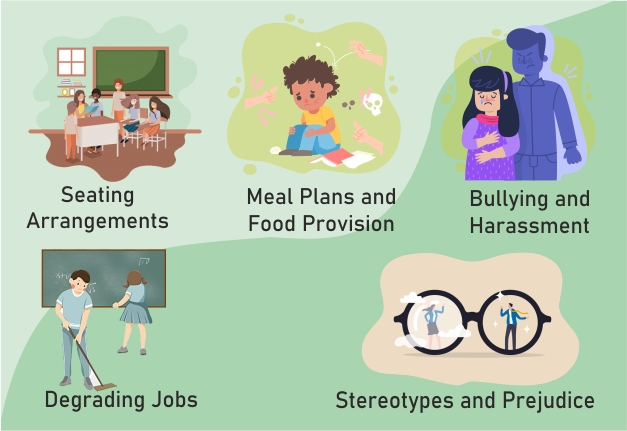India being the 7th largest economy in the world has 29 states, 19,500 languages, more than 300 cultures celebrated and diversity like no other. Despite its diversity, and cultural vastness there exists caste based discrimination where we come to examine the education paradigm the caste, gender, and religious disparities are unavoidable. A large proportion of Indians continue to be deprived of their right to education, equal opportunities because of caste, gender, and racial biases that predominantly dictate the education system in India.
Upcoming platforms like SpeedLabs are striving towards transforming education as we know it. Features like personalized learning, developing individual potential are absolute paramount.
CASTE BASED DISCRIMINATION IN EDUCATION
The caste system in India is divided into a hierarchical system where those at the top of the pyramid dominate in terms of power, wealth, and superiority. In today’s day and age while the hierarchical pyramid is almost demolished it is sometimes still seen to exist in formal institutions that discriminate against those from lower castes.
When examining the hierarchical structure, the Dalit community is traditionally known to be placed outside the “four-tier caste system.” This form of community originates from rural villages and urban areas of India that has for centuries received minimal access to education and formal interactions with other communities.
As a result of this gatekeepers of the Dalit community do not indulge or promote education either as a fear of being discriminated against or do not believe in the institute of formal education at all.
In what ways is the caste based discrimination prevalent and prominent in Indian schools?
Seating arrangements: From the moment the children are asked to take their seats for the lecture the discrimination and inherent caste disparities and fallacies in the education system can be seen. The Dalit community is sidelined and asked to sit in the last benches. The prejudice is prominent as they are asked to sit far from the first benchers (Upper class students) and are alienated from the class despite their abilities, talents, and intellects being more sharp than the upper caste students.
Meal plans and food provision: Government subsidies in the form of meal day schemes is one of the areas which highlight the ill treatment of the Dalit school going children on the institutions part. Disparity in the provision of food is seen when Dalit children are asked to stand in other line for food, given different plates and cutlery, asked to clean their dishes while the upper caste children are allowed to make special food demands and requests.
Bullying and harassment: Sexual and mental harassment is one prevalent in public and government schools in India where those from the upper caste decide to abuse and misuse their immense privilege as a means of cruel behavior.
Degrading jobs: Schools have reported to assign degrading tasks to Dalit children from tribal communities such as toiled cleaning and floor cleaning of certain classroom. What is even more surprising is the unkempt state of the toilets when these children are asked to clean it. They are almost as or more messy and unhygienic as public toilets. Such unhygienic conditions prove to be a threat to the child’s health. This discrimination is mostly seen in Dalit girls who are exploited for their innocence and naivety.
Stereotypes and prejudice: Stereotypical nature of teachers and the staff at school hinder them from being able to discover the child’s true potential and capabilities. Teachers and professional working staff come with a preconceived notion that those from lower castes and tribal communities are not intelligent; however, these children are actually the ones who have seen a lot of life, have multiple life changing experiences, and are determined and motivated to learn. Discrimination exists even at a higher level where in teachers victim Dalit children and make them feel inferior and less capable.
caste based discrimination caste based discrimination caste based discrimination caste based discrimination
Also published on Medium.

